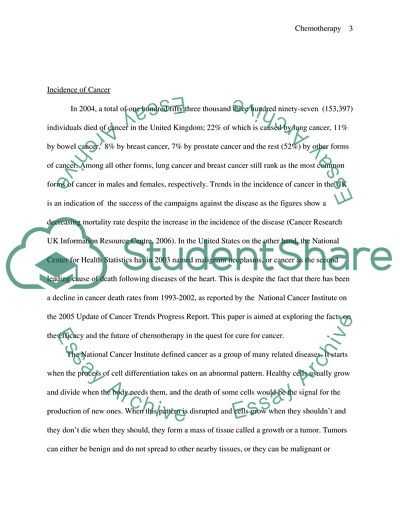Cite this document
(The Use of Chemotherapy in Cancer Research Proposal, n.d.)
The Use of Chemotherapy in Cancer Research Proposal. https://studentshare.org/health-sciences-medicine/1703785-biochemistry-research-project
The Use of Chemotherapy in Cancer Research Proposal. https://studentshare.org/health-sciences-medicine/1703785-biochemistry-research-project
(The Use of Chemotherapy in Cancer Research Proposal)
The Use of Chemotherapy in Cancer Research Proposal. https://studentshare.org/health-sciences-medicine/1703785-biochemistry-research-project.
The Use of Chemotherapy in Cancer Research Proposal. https://studentshare.org/health-sciences-medicine/1703785-biochemistry-research-project.
“The Use of Chemotherapy in Cancer Research Proposal”. https://studentshare.org/health-sciences-medicine/1703785-biochemistry-research-project.


